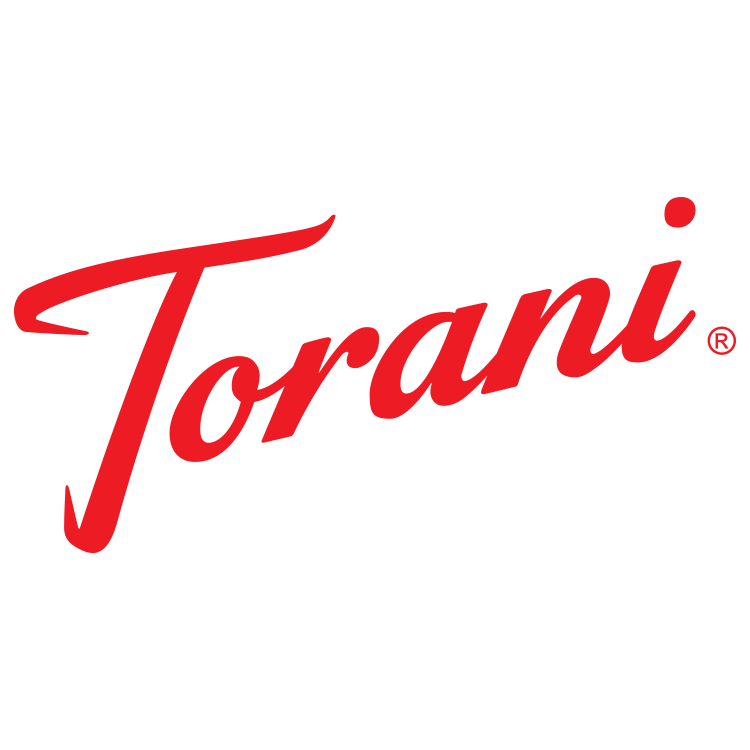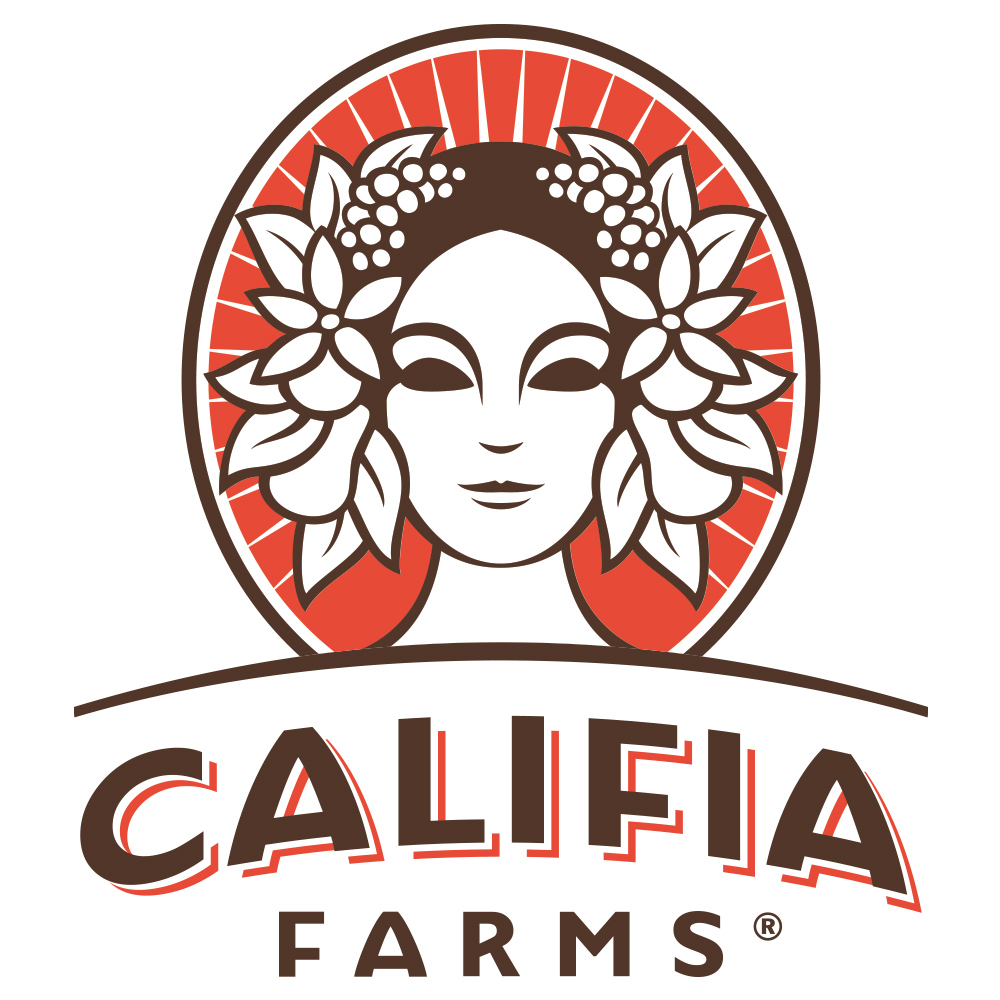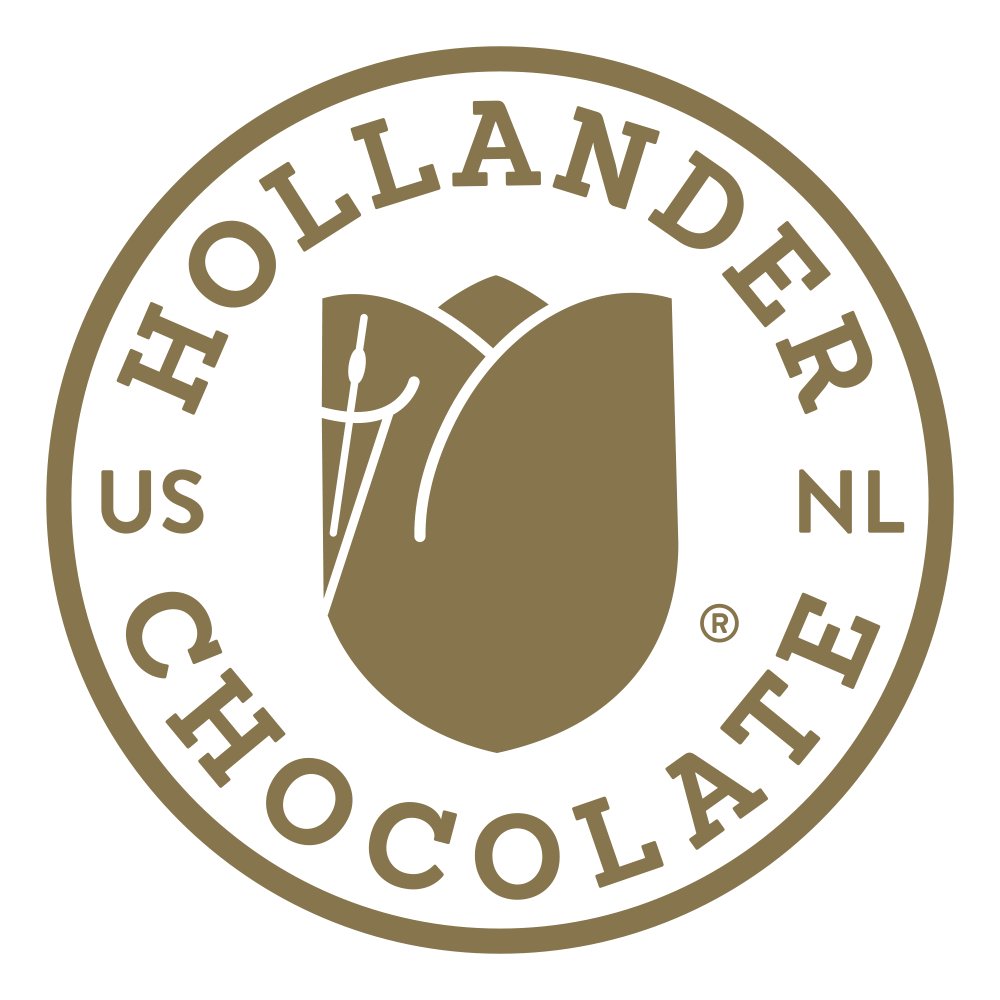The Journey of Chocolate
By: Sarah Huda
Nothing is sweeter than the satisfaction of biting into a piece of chocolate to cure that hankering from your sweet tooth. Whether it be dark, milk, or semi-sweet, chocolate has been a household favorite since it’s inception in the early 1900s. Before the chocolate treats make it to your home, and eventually into your stomach, that piece of chocolate took a long journey – from bean to bar.
The Start: Cocoa Beans
Chocolate’s journey starts in hot climate places - like West Africa, where 70 percent of all cocoa beans come from; The Ivory Coast and Ghana are top producers. Firstly, the large, orange, pod is picked carefully from the tree. These trees require the pods to be hand-picked due to their frail nature; one wrong pull or even a gust of wind can de-root these trees and they take about 3 to 4 years to bear fruit! Once the pod is removed, workers will use a knife or a sharp rock to open the pod to scoop out the white, slimy, cacao seed and place them into wooden crates for their next step – fermentation.
Cocoa Bean Fermentation and Drying
This step is one of the most important steps in the chocolate’s journey. Fermentation transforms the flavor of the bean into what we recognize as the sweet aromatic smell and flavor as chocolate. This process takes from two to eight days. While the bean in fermenting, the white mucus-like slime that encompassed the bean in its pod breaks down and reduces the weight of the bean.
From there, the longest process commences – drying. Depending on the plantation, they could either be spread out on crates or wooden floors. The workers frequently rotate the beans by hand or foot for even drying and starting the process of the bean’s color transition from reddish-brown to dark brown. This process can take anywhere from four days up to two weeks – depending on the weather and the area the plantation places the beans to dry. Once dry, they are bagged in sacks and contingent on the plantation; if the plantation is in Ghana, the beans are sold to Cocobod – the government agency that is responsible for all export sales of the beans- buys the beans and ships to a Dutch importer in Europe.
Prepping for Sweetness
After the beans have dried and have been shipped to a factory, we now find out beloved bean on the end leg of its journey. The bean moves on to the cleaning process; this is to remove dirt, bugs, and other debris collected on its journey. However, the average chocolate bar does contain small traces of insect parts. According to the Food and Drug Administration, anything less than 60 pieces per two bars is acceptable! Next, the factory roasts the beans from 30 minutes to two hours; this deepens the flavor and gives the chocolate the rich sweetness we all love. After roasting, the factory splits the bean and removes the thick shell to reveal the nib. If you tasted the raw nib, you’d find the flavor we know but extremely bitter. They grind to create a paste to create chocolate liquor; despite the name, it isn’t an alcoholic! This is the canvas for what form the chocolate becomes - either they separate it to become cocoa powder or cocoa butter. Whichever is made, the butter or powder, the creation of the foundation for a savory treat we love!
The Final Product
If you prefer a cold blended beverage instead here is how you can recreate a Starbucks Mocha Frappuccino! Take all the same ingredients from the mocha recipe but you will need to let the brewed espresso cool down to room temperature and do not steam the milk.
























